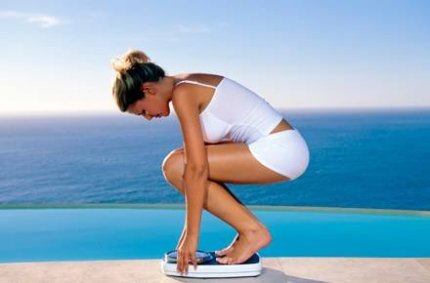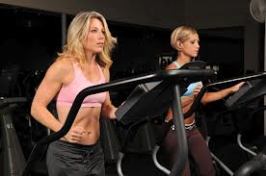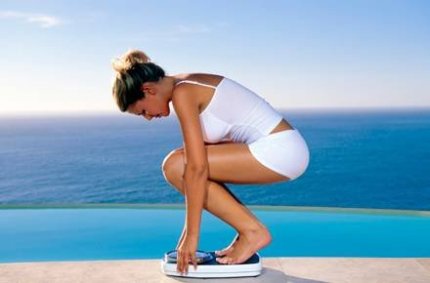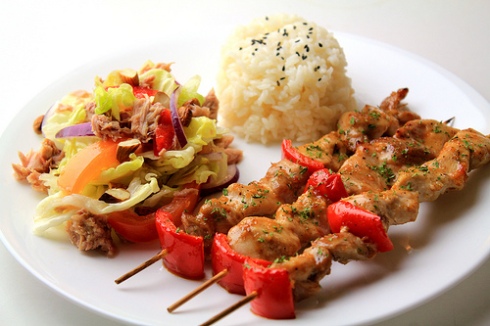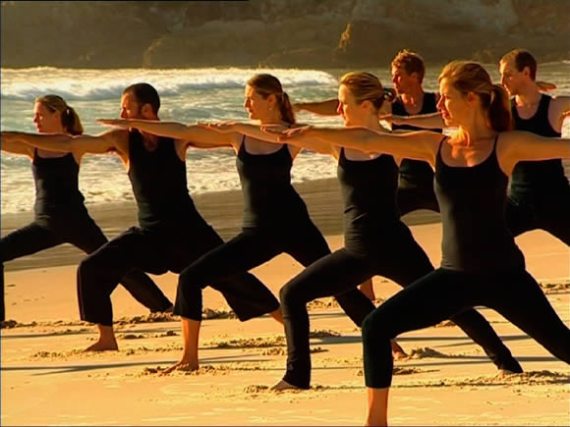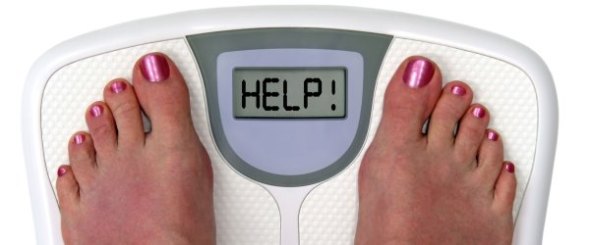These days, fish oil has been getting a lot of attention because of the many health benefits it has to offer.
Believe it or not, the latest findings conclude that regular consumption of fish oil can also help you lose weight.
 Fish oil contains Omega 3 fatty acids, a certain type of unsaturated fat that the body needs but can’t produce on its own, so it must be obtained from food. The three main types of Omega 3 fatty acids that are integral to the body’s metabolism are a-Linolenic Acid (ALA), Eicosapentaenoic Acid (ELA) and Docosahexaenoic Acid (DHA). Sources of Omega 3 can be found in oily fish such as salmon, sardines and tuna. Omega 3 is also present in algae.
Fish oil contains Omega 3 fatty acids, a certain type of unsaturated fat that the body needs but can’t produce on its own, so it must be obtained from food. The three main types of Omega 3 fatty acids that are integral to the body’s metabolism are a-Linolenic Acid (ALA), Eicosapentaenoic Acid (ELA) and Docosahexaenoic Acid (DHA). Sources of Omega 3 can be found in oily fish such as salmon, sardines and tuna. Omega 3 is also present in algae.
In the past Omega 3 was a usual part of our diet, but our dependence on fast food and processed meat has excluded this nutrient from our diets over time. But increasing evidence suggests that we need to put Omega 3 back into our diets before it’s too late.
In fact, countries that consume Omega 3 regularly such as (Japan and Norway) have higher life expectancy rates compared to parts of the world that have adopted the Western diet. Furthermore, the rate of obesity is significantly lower among those whose diets are rich in Omega 3 fatty acids.
A recent study conducted by the University of South Australia followed the progress of 75 overweight people who had heart problems, cholesterol issues, hypertension and other health conditions. The participants were split into four groups. Among the first group split, half of the participants were given doses of fish oil while the others were given the same dosage of sunflower oil (containing no Omega 3 fatty acids). Both groups were then split again, and among them, half of the participants adopted exercise routines while the other half stayed the same.
The group that exercised and took the fish oil showed a significant reduction in body fat percentage and lost 4.5 lbs after a period of three weeks. The other three groups did not show a significant change in weight. All participants were told not to change their eating habits. In addition the exercise routine was not more than the average amount recommended to everyone.
Experts suggest that fish oil helps with weight loss because Omega 3 fatty acids improve the body’s blood flow to the muscles during exercise which helps stimulate the enzymes that carry fat to where it is stored and then metabolized.
It’s not surprising that awareness and popularity of Omega 3 fatty acids is increasing. Nowadays fish oil and other sources of Omega 3 are used as additives in many foods and drinks from baby formula, white bread to fruit juices.
Though fish may be a healthy part of your regular diet, you may not be able to consume enough of what the body needs to make much a difference, therefore, Omega 3 / Fish oil supplements can be an effective way to maintain your weight. There are many supplements available on the shelves in liquid or capsule form.
Truth be told, we cannot ignore the tremendous health benefits of Omega 3 fatty acids especially when it comes to managing your weight. If you haven’t already done so, include fish or fish oil supplements as part of your regular routine.



